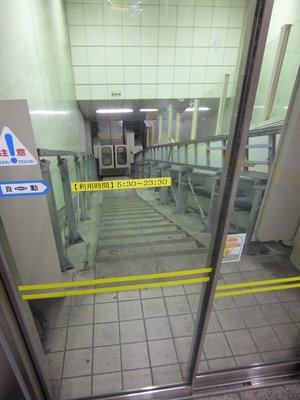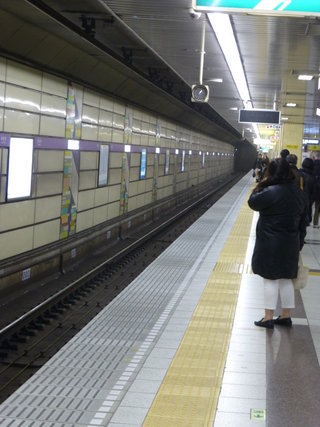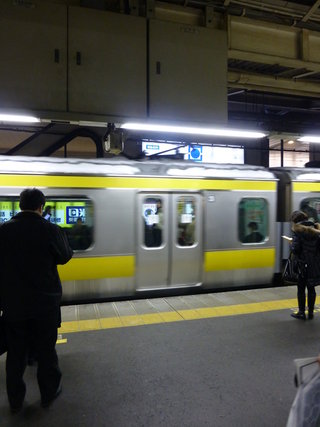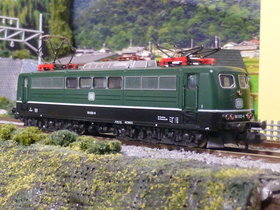An ad-hoc collection of links with information and pictures of Berlin's railways in the late 20th century.
Rail
Posted in Rail
| add a comment
As part of the project to add two double-decker cars to Chuo Line E233 sets by 2023, lengthening them from 10 to 12 cars, most Chuo Line platforms will need to be extended. Until very recently however there was very little sign of any construction activity. Most recently (2020-01-04) I noticed that the platform at Asagaya is being extended on the western end: 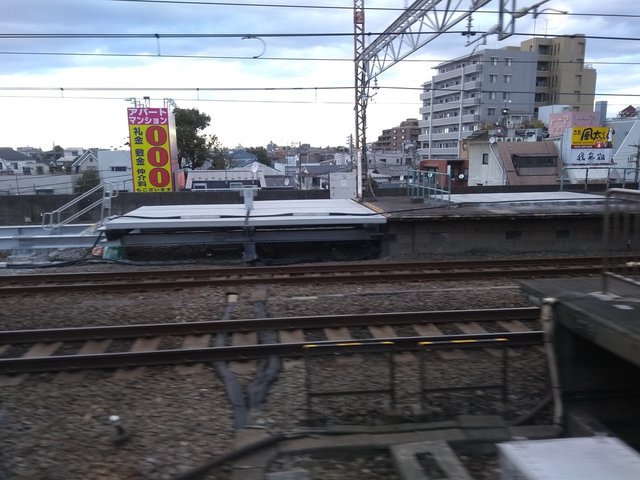 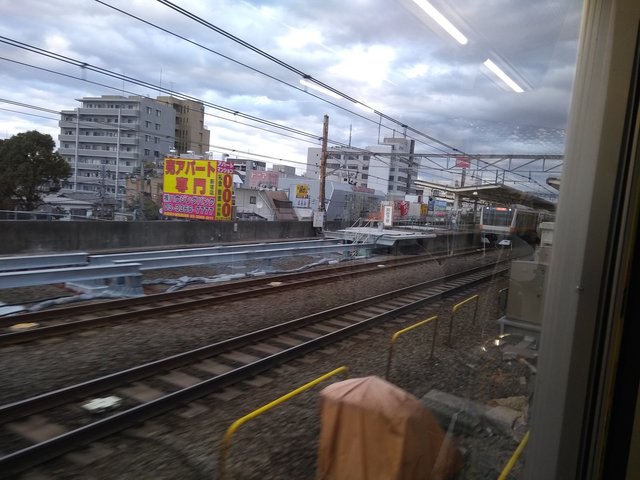 Other than that, currently I'm only aware of work at:
By the looks of it, most stations east of Tachikawa (other than maybe Ochanomizu and Nakano) have sufficient space at either end of their Chuo Line platforms for extensions without significant infrastructure work other than relocating various lineside equipment etc. currently occupying the space. Stations which are limited express stops (Tokyo, Shinjuku, Tachikawa, Hachioji, Takao etc.) will presumably not require any major work as these are already equipped to handle 12 car expresses (Azusa etc.).
Posted in Rail
| add a comment
An ad-hoc, incomplete list of preserved steam locomotives on static display within the 23 wards area of Tokyo:
Posted in Rail
| add a comment
See: BR485/885 (ET85)
Flickr album with a bunch of pictures: DB 485 005 bis 885 709 Model by Roco:
Posted in Rail
| add a comment
I never realised before, but there's an underground passageway which traverses across the top of the Chiyoda Line platforms at Meiji Jingumae station, leading from the entrance at the top end of Omotesando close to JR Harajuku Station all the way down to the crossing with Meiji-dori and the new Fukutoshin Line concourse. Omotesando runs downhill, so the passageway - which has presumably been there since the Chiyoda Line part of the station was built - has quite a deep stairway roughly halfway along, of which half has been crudely converted into this "stairlift":
Posted in Rail
| add a comment
The other day I got the Hanzomon Line from Jinbocho Station, possibly for the first time ever, and my first impression was how dirty the Hanzomon Line platform is, at least compared to other stations in Tokyo. The picture below gives an idea, though it doesn't really catch the dusty atmosphere.
The above-ground station entrances are a bit dingy too. On the other hand I've used the Toei Shinjuku Line from there a few times in the past and don't recall it being unusually dirty.
Posted in Rail
| add a comment
One of the things I like about the railway system in Japan is the variety of through-running operations between different companies. On the Tokyo Metro Chiyoda Line you can see trains not only from Tokyo Metro but also JR's Joban Line and the Odakyu line. A couple of years ago the Chiyoda Line became the first underground line with its own express train service - Odakyu MSE 60000 series trains, specially designed for tunnel operations, operate a variant of the popular "Romancecar" service between Tokyo and the popular Hakone resort area. There are up to four services a day, with weekday operation biased towards "Homeliner" evening commuter express services, and weekends more for tourism. The current timetable can be viewed online here (Japanese only). This is the first time I've been able to snap one of these trains - apologies for the blurry image.
It passed through the station at a stately pace - the Chiyoda line wasn't designed with fast trains in mind and doesn't have any places for trains to overtake, so presumably the Romancecars have to trundle along sandwiched inbetween normal services. Still, it provides a convenient way to access the Odakyu route from the busy Otemachi / Marunouchi / Tokyo station areas without trailing across town to Shinjuku, and each time I've seen the train it's been fairly full.
Posted in Rail
| add a comment
This is something you don't see often in Tokyo: a train with snow on the roof.
Unusually it snowed heavily on Monday, and has been cold since, meaning much of the snow is still lying where it fell. This Chūō-Sōbu Line train E231 series (I think; it could be a 209-500 series) was evidently stabled in the open air when the snow came down and has remained on the roof since. (Apologies for the poor picture quality, by the time I'd noticed and got my camera out the train was already in motion).
Posted in Rail
| add a comment
|
Featured LocomotiveRecent Posts
Model railway contentStock updates
Linksrailsquid's other sitesGeneral Japanese railEnglish sitesJapanese sitesModel railJapan-relatedGeneral |

